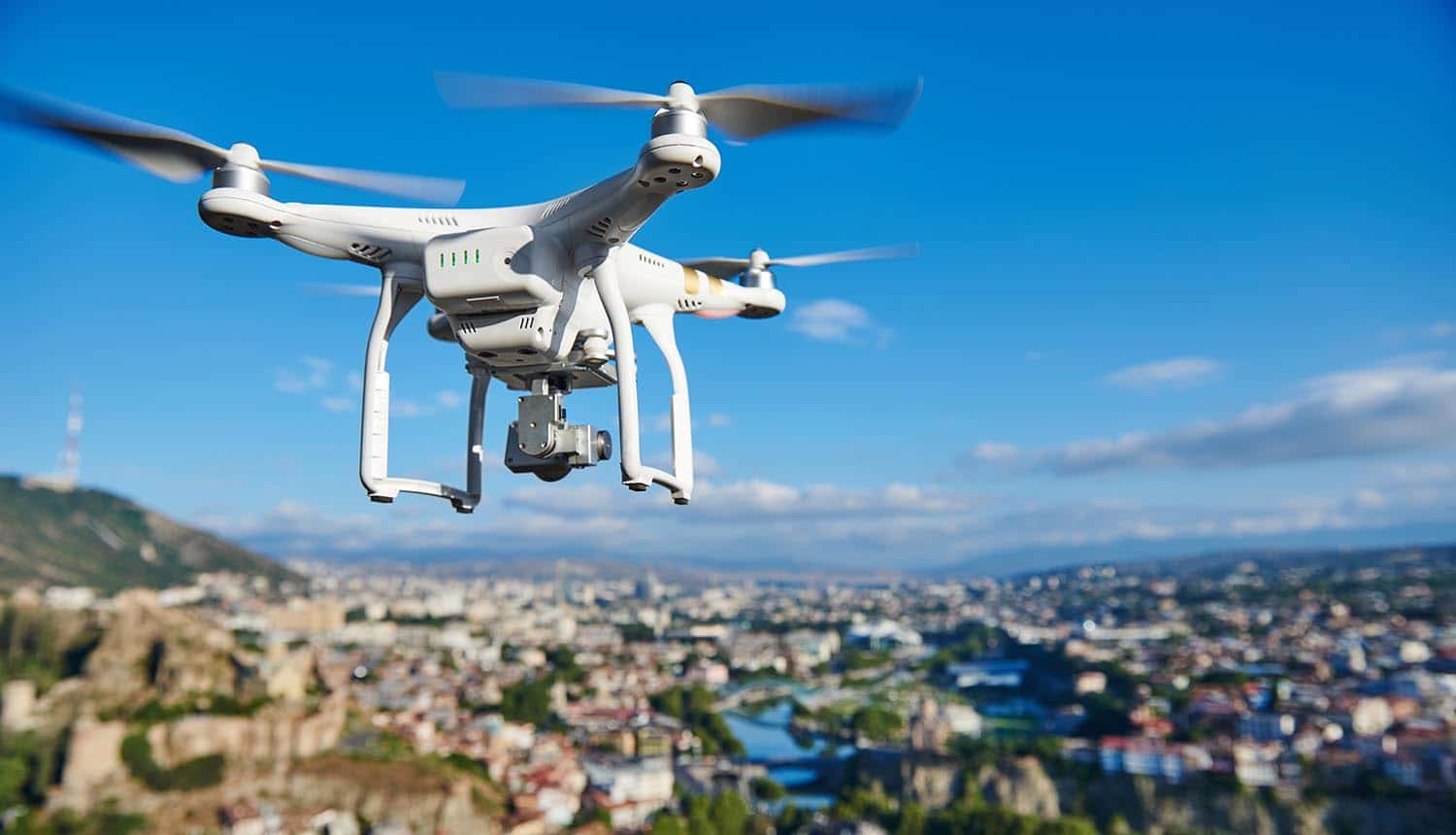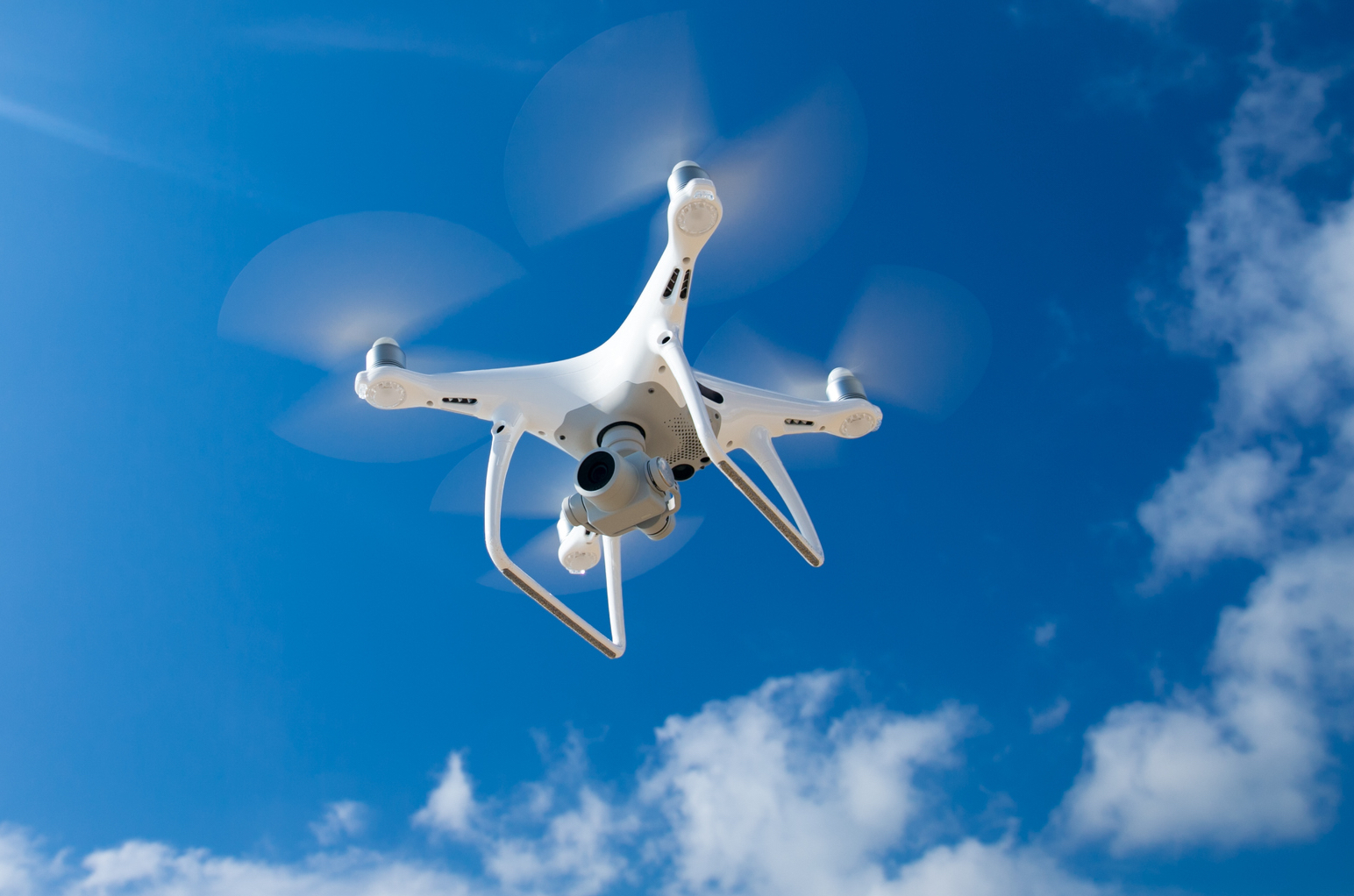Sky elements drones are revolutionizing atmospheric research, offering unprecedented opportunities to collect detailed data on temperature, pressure, humidity, and wind speed. These unmanned aerial vehicles (UAVs) provide a cost-effective and flexible alternative to traditional methods, enabling researchers to access remote or hazardous locations and gather data with greater spatial and temporal resolution. This exploration delves into the current state of drone technology in atmospheric science, examining its diverse applications and the challenges that lie ahead.
From meteorology and environmental monitoring to agriculture and construction, sky element drones are proving invaluable. Their ability to collect real-time data allows for more accurate weather forecasting, improved air quality assessments, optimized crop management, and safer construction site inspections. The analysis and visualization of this data, often using advanced techniques like 3D modeling and AI, are transforming how we understand and interact with our atmosphere.
Sky Elements and Drone Technology Integration
The integration of drone technology with atmospheric research has revolutionized data collection methods, offering unprecedented opportunities for understanding and monitoring various sky elements. This section delves into the current state of drone technology in atmospheric research, outlining its advantages, limitations, and various applications.
Current State of Drone Technology in Atmospheric Research
Modern atmospheric research utilizes drones equipped with a range of sensors capable of collecting high-resolution data on temperature, pressure, humidity, wind speed, and other atmospheric parameters. These drones, ranging from small, lightweight models to larger, more robust platforms, provide researchers with flexibility and accessibility in data acquisition, surpassing the limitations of traditional methods. Advancements in sensor miniaturization, battery technology, and autonomous flight capabilities have significantly enhanced the effectiveness and efficiency of drone-based atmospheric monitoring.
Drone Data Collection on Sky Elements
Drones collect sky element data through a variety of sensors integrated onto the platform. Temperature sensors measure ambient air temperature, while pressure sensors record atmospheric pressure. Humidity sensors quantify the amount of water vapor in the air. Anemometers or ultrasonic wind sensors measure wind speed and direction. Some drones also carry GPS receivers for precise location data and additional sensors for measuring radiation, particulate matter, and other atmospheric components.
Sky elements drones, with their sophisticated programming and vibrant LED displays, are revolutionizing aerial entertainment. For a spectacular example of their capabilities, check out the breathtaking visuals at the florida drone show , showcasing the latest advancements in drone choreography. The precision and artistry displayed highlight the potential of sky elements drones to create truly unforgettable experiences.
Advantages and Limitations of Drone-Based Data Collection
Compared to traditional methods like weather balloons and fixed ground stations, drone-based data collection offers several advantages. Drones provide higher spatial resolution data, enabling detailed mapping of atmospheric variations. They are more cost-effective for localized studies and offer greater flexibility in deployment, accessing hard-to-reach areas. However, limitations include restricted flight time due to battery limitations, susceptibility to weather conditions (strong winds, rain), and regulatory restrictions on airspace usage.
The range of drones is also limited, making them unsuitable for large-scale, long-duration studies.
Comparison of Drones for Atmospheric Research
| Drone Type | Payload Capacity (kg) | Flight Time (min) | Sensor Compatibility |
|---|---|---|---|
| Small Quadcopter | 1-2 | 20-30 | Temperature, Humidity, Pressure, GPS |
| Larger Hexacopter | 5-10 | 45-60 | Temperature, Humidity, Pressure, Wind Speed, GPS, Air Quality Sensors |
| Fixed-Wing UAV | 10-20+ | 60-120+ | Temperature, Humidity, Pressure, Wind Speed, GPS, High-Resolution Cameras |
Applications of Sky Element Drones in Various Fields: Sky Elements Drones
The versatility of sky element drones extends to various sectors, significantly impacting data acquisition and decision-making processes. This section explores their applications in meteorology, environmental monitoring, agriculture, and construction.
Meteorology and Weather Forecasting

Drones are increasingly used in meteorology to gather real-time atmospheric data, enhancing the accuracy of weather forecasting models. They provide detailed information on microclimates, atmospheric boundary layers, and the development of severe weather events. Deploying drones in areas with limited ground-based infrastructure can provide crucial data for improved weather predictions.
Environmental Monitoring
Sky element drones play a critical role in environmental monitoring by providing high-resolution data on air quality and pollution levels. Equipped with sensors to detect pollutants such as particulate matter, nitrogen oxides, and ozone, they offer a cost-effective way to monitor air quality in urban areas, industrial zones, and other environmentally sensitive regions. This data is essential for identifying pollution sources and implementing effective mitigation strategies.
Agriculture: Crop Monitoring and Irrigation Management
In agriculture, drones equipped with multispectral or hyperspectral cameras provide detailed information on crop health, enabling precise irrigation management and optimized fertilizer application. By monitoring atmospheric conditions like temperature, humidity, and wind speed, farmers can adjust irrigation schedules and protect crops from extreme weather events. This precision agriculture approach enhances crop yields and reduces water and resource waste.
Construction Industry: Site Surveying and Safety Inspections
Drones are utilized in construction for site surveying, progress monitoring, and safety inspections. They provide high-resolution images and 3D models of construction sites, facilitating efficient project planning and management. By assessing atmospheric conditions, such as wind speed and visibility, drones help ensure worker safety and prevent accidents related to adverse weather.
Data Analysis and Visualization from Sky Element Drones
The collected data from sky element drones requires efficient processing and visualization techniques to extract meaningful insights. This section Artikels a workflow for data processing and visualization, and methods for presenting the information to both experts and non-experts.
Data Processing Workflow
A typical workflow involves data acquisition from the drone, data cleaning and preprocessing to remove noise and errors, data calibration and validation using ground-truth measurements, and finally, data analysis using appropriate statistical methods. This might involve using specialized software packages for geospatial analysis and atmospheric modeling.
Data Visualization Methods
Data visualization techniques include creating maps displaying temperature, pressure, and wind patterns, generating 3D models to illustrate atmospheric structures, and developing interactive dashboards for real-time monitoring. These visualizations aid in understanding spatial and temporal variations in atmospheric parameters.
Sky elements drones, with their sophisticated programming and dazzling light shows, are revolutionizing aerial displays. For a prime example of this technology in action, check out the spectacular visuals at the orlando drone show , showcasing the potential of coordinated drone formations. Witnessing such events highlights the innovative possibilities inherent in sky elements drones and their future applications.
Presenting Atmospheric Data to Non-Experts
For non-experts, clear and concise visualizations are crucial. This can involve using color-coded maps, simple charts and graphs, and infographics to illustrate key findings. Avoiding technical jargon and using plain language ensures effective communication of the data’s implications.
Interpreting Drone-Collected Data for Decision-Making
Interpreting drone data involves comparing the collected data with historical trends, weather models, and other relevant information. This helps identify anomalies, predict future conditions, and inform decision-making in various sectors. For example, in agriculture, this might lead to adjustments in irrigation strategies. In meteorology, it could improve weather forecasts. In construction, it could enhance safety protocols.
Challenges and Future Trends in Sky Element Drone Technology
Despite the significant advancements, challenges remain in utilizing drones for atmospheric research. This section discusses these challenges and explores potential future trends in the field.
Technological Challenges
Key technological challenges include limited battery life, vulnerability to adverse weather conditions, and the need for improved sensor accuracy and reliability. The development of more efficient batteries and robust drone designs is crucial for expanding operational capabilities.
Improving Accuracy and Reliability
Methods for enhancing accuracy include using multiple sensors for redundancy, employing advanced calibration techniques, and developing sophisticated data fusion algorithms. Regular maintenance and calibration of sensors are also vital for ensuring reliable data collection.
AI and Machine Learning

AI and machine learning can significantly enhance data analysis by automating data processing, identifying patterns, and making predictions. These techniques can improve the accuracy of weather forecasting, pollution monitoring, and other applications.
Future Possibilities
Future trends include the development of autonomous drones capable of independent flight and data collection, integration of advanced sensors for measuring a wider range of atmospheric parameters, and the use of drone swarms for large-scale monitoring. These advancements promise to further revolutionize atmospheric research and its applications.
Sky elements drones offer unparalleled aerial perspectives, capturing breathtaking footage for various applications. For a stunning example of the capabilities of such technology, consider the high-definition imagery provided by the cobequid pass camera , which showcases the potential of advanced drone systems. This impressive visual data highlights the sophisticated technology now available for integrating sky elements drones into various projects.
Safety and Regulatory Aspects of Sky Element Drones
Safe and responsible operation of sky element drones is paramount. This section details safety protocols, regulations, and best practices for ensuring safe drone operation.
Safety Protocols for Drone Operation
Safety protocols include pre-flight checks of the drone and its sensors, adherence to weather limitations, maintaining visual line of sight, and avoiding flight near airports or other restricted airspace. Pilot training and adherence to safety guidelines are crucial for preventing accidents.
Regulations and Guidelines for Drone Operation
Regulations vary across countries and regions, often specifying licensing requirements, airspace restrictions, and operational guidelines. Operators must be aware of and comply with all applicable regulations to ensure legal and safe drone operation.
Potential Risks Associated with Drone Operation
Potential risks include collisions with aircraft, interference with communication systems, and data breaches. Operators must take precautions to mitigate these risks, such as avoiding flight near airports and employing secure data transmission methods.
Best Practices for Safe and Responsible Drone Use, Sky elements drones

Best practices include thorough pre-flight planning, regular maintenance of the drone and its sensors, adherence to safety guidelines, and responsible data management. Continuous training and awareness of evolving regulations are also vital for ensuring safe and responsible drone operation.
The integration of drones into atmospheric research represents a significant advancement, enabling more precise data collection and analysis. While challenges remain, particularly concerning battery life, regulatory compliance, and data processing, the potential benefits are immense. The future of sky element drones looks bright, with ongoing developments in autonomous operation, sensor technology, and AI-powered data analysis promising even more sophisticated applications and a deeper understanding of our atmosphere.
Questions Often Asked
What types of sensors are commonly used on sky element drones?
Common sensors include temperature and humidity probes, barometers, anemometers (for wind speed and direction), and GPS receivers. More specialized sensors, such as gas detectors for air quality monitoring, are also frequently employed.
How do regulations differ for operating sky element drones in different countries?
Regulations vary significantly by country and even region within a country. They often cover aspects such as licensing requirements for operators, airspace restrictions, and operational safety procedures. It’s crucial to check the specific regulations in the area of operation before launching a drone.
What are the limitations of using drones for atmospheric data collection?
Limitations include restricted flight times due to battery life, susceptibility to adverse weather conditions (strong winds, rain), and potential interference from electromagnetic signals. Data processing and analysis can also be complex and require specialized software.